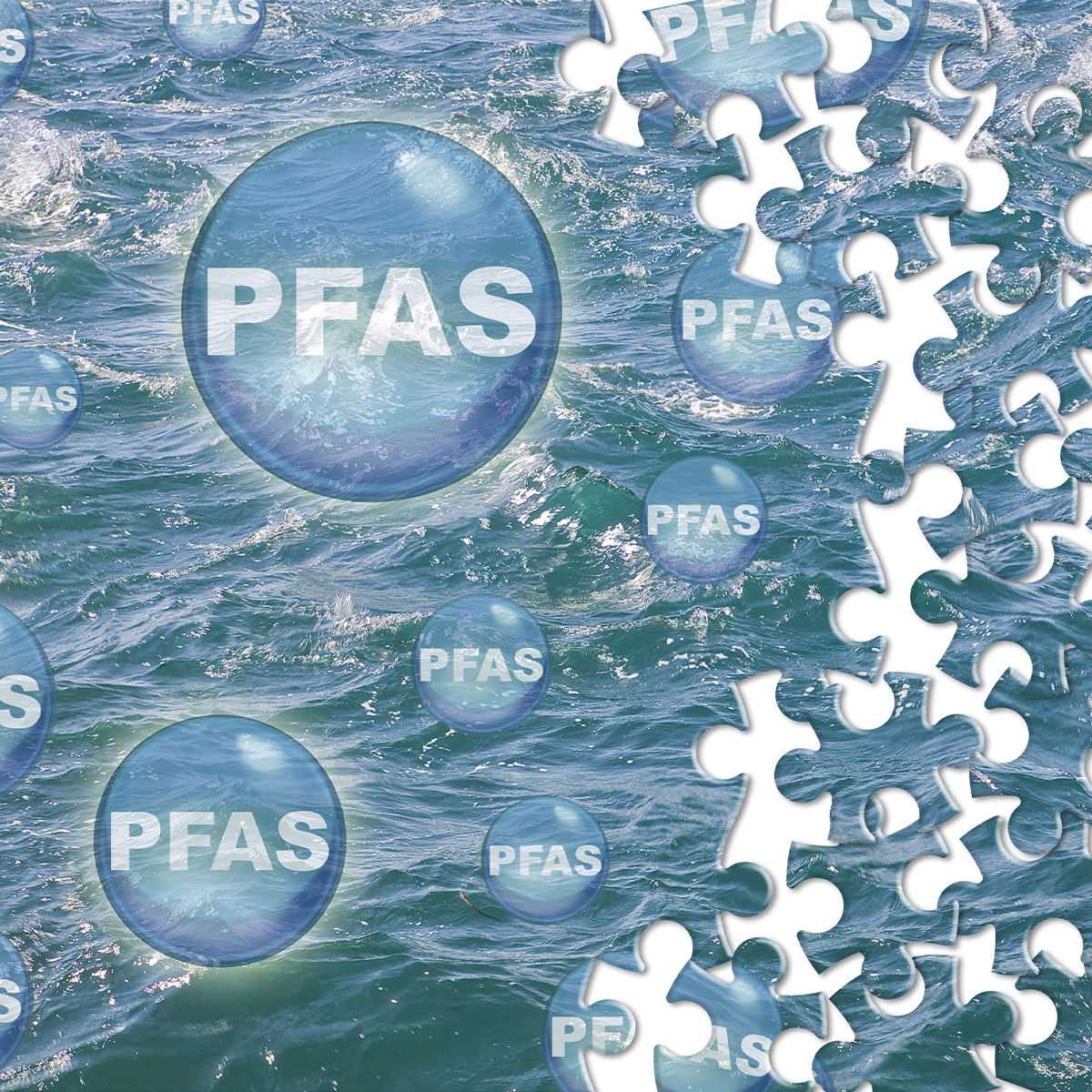-
Property & Casualty
Property & Casualty Overview

Property & Casualty
We offer a full range of reinsurance products and the expertise of our talented reinsurance team.
Expertise
Publication
Structured Settlements – What They Are and Why They Matter
Publication
PFAS Awareness and Concern Continues to Grow. Will the Litigation it Generates Do Likewise?
Publication
“Weather” or Not to Use a Forensic Meteorologist in the Claims Process – It’s Not as Expensive as You Think
Publication
Phthalates – Why Now and Should We Be Worried?
Publication
The Hidden Costs of Convenience – The Impact of Food Delivery Apps on Auto Accidents
Publication
That’s a Robotaxi in Your Rear-View Mirror – What Does This Mean for Insurers? -
Life & Health
Life & Health Overview

Life & Health
We offer a full range of reinsurance products and the expertise of our talented reinsurance team.

Publication
Key Takeaways From Our U.S. Claims Fraud Survey
Publication
Favorite Findings – Behavioral Economics and Insurance
Publication
Individual Life Accelerated Underwriting – Highlights of 2024 U.S. Survey
Publication
Can a Low-Price Strategy be Successful in Today’s Competitive Medicare Supplement Market? U.S. Industry Events
U.S. Industry Events
Publication
The Latest in Obstructive Sleep Apnea -
Knowledge Center
Knowledge Center Overview

Knowledge Center
Our global experts share their insights on insurance industry topics.
Trending Topics -
About Us
About Us OverviewCorporate Information

Meet Gen Re
Gen Re delivers reinsurance solutions to the Life & Health and Property & Casualty insurance industries.
- Careers Careers
Life Insurers Share Their AU Experiences – Top 5 Takeaways

February 22, 2023
Donna Sivigny
Region: North America
English
Accelerated Underwriting (AU) is now a big part of most Life companies’ overall underwriting philosophy. But AU tools are evolving, and many direct carriers and reinsurers find it tough to price and evaluate their AU initiatives.
The rapid evolution of underwriting is what motivated Gen Re to develop our comprehensive Individual Life Accelerated Underwriting Survey in 2021. Now in its second year, the 2022 study included topics such as U.S. program eligibility requirements, sources of underwriting evidence, mortality experience, and post-issue underwriting.
AU was defined in our survey as referring to any solution aimed at decreasing time from application to issue for applicants who meet criteria that qualify them to bypass a paramedical exam and/or fluid collection.
Here are some of the interesting results.
Top 5 AU Survey Takeaways
- Program Goals – Nearly three quarters (72%) of companies participating in the survey cite cutting time to issue as one of their main three goals when implementing AU. Meeting consumer and agent expectations also ranked highly. On average, companies that have an AU workflow see an improvement of 20 business days from application submission to final decision compared with full underwriting workflows.
- Sources of Underwriting Evidence – The most used tools in AU workflows are MIB reports (incl. codes/EHR, IAI), motor vehicle reports (MVRs), prescription (Rx) database rules/models, and electronic applications. The top tools that are not currently used, but most often considered, are behavioral science data and data extraction tools, electronic health records, and medical claims data.
- Mortality Estimation – Close to half (47%) of participating companies estimate mortality slippage associated with their AU program through random holdouts. Thirty-two percent monitor early claims experience, 29% utilize post issue APS, and 11% utilize retrospective studies. 18% of companies are not currently estimating mortality slippage. On average, we see about one class of mortality slippage from applications that went through a hold-out process in an accelerated underwriting program.
- Changes to Workflow – After starting on a smaller scale, reporting companies have made a number of changes to their AU workflows including utilizing new data sources (29%), expanding eligibility (24%), and increasing face amounts (24%). Companies also reported changes to their process, automation, and product offerings. Within the next two years, these companies plan to add data sources, modify face amount limits, and modify algorithms.
- Greatest AU Challenges – The top three greatest challenges companies report facing with AU are tracking mortality, dealing with outdated legacy systems, and managing expectations. Other challenges include low throughput percentages, lack of credible AU data for decision making purposes, and rules tuning. A small percentage of companies also listed non-disclosure on applications and internal risk tolerances.
Through our research, we have found that underwriting teams need help assessing newly available tools and their potential impact on AU workflows. For actuaries, the greatest concern with implementing AU workflow changes is monitoring and managing the associated mortality slippage. From a distribution point of view, agents need to better comprehend the AU process so they can help communicate with the customer and manage expectations. Strategically, companies want to improve the client experience by improving underwriting efficiencies – all without mortality slippage. Is it achievable?
If your organization can relate to any of the above concerns, we can help! Please consider joining our AU Study Group, expected to launch in March 2023. Study group members will have the opportunity to discuss AU hot topics with peers, and to help shape our 2023 survey. Reach out to your Gen Re account representative for more details.





